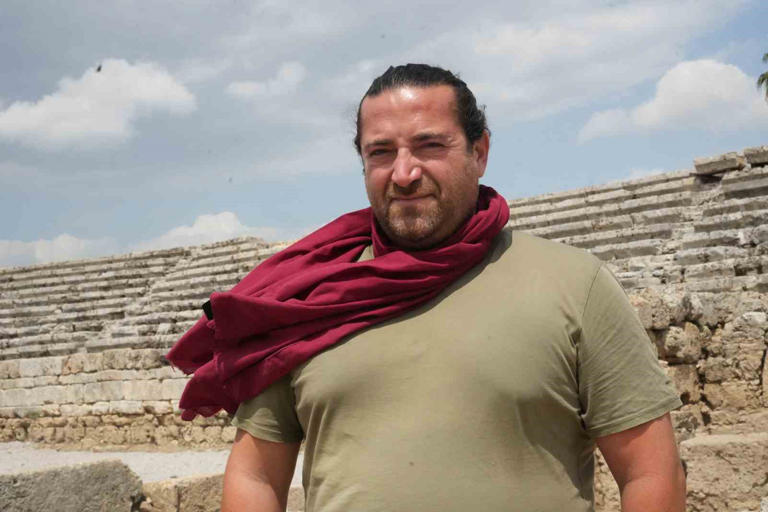
The 5 thousand-seat part of the stadium where gladiator fights were organized in the ancient city of Perge was opened
The 5 thousand-seat part of the stadium where gladiator fights were held in Perge, a city famous for its architecture and marble sculpture in Anatolia during the Roman Period, has been opened.
Perge Ancient City is located in Aksu district, 17 kilometers east of Antalya city center. The city, where traces of the Hittite Period are seen, was known as “Parha”.

Perge, which was once the capital of the Pamphylia Region, is a place where St. Paul, one of the most important figures of Christianity, stopped by during his missionary travels. The name of the city is mentioned in the Bible.
According to the news in IHA; Excavations that started in 2018 in the stadium area of the Ancient City of Perge were completed. The area, where archaeological findings of gladiator fights and animal hunts were found, is planned to be a new show center alternative to Aspendos.

In the ancient city of Perge, which is on the UNESCO World Heritage Tentative List, the 5 thousand-seat part of the stadium area, which is among the best preserved ancient stadiums in Türkiye, was opened.

Deputy Head of Excavation of the Ancient City of Perge Asst. Prof. Aytaç Dönmez stated that the excavation works completed in the stadium started in 2018 under the leadership of the Antalya Museum.

Aytaç Dönmez said, “We wanted to complete this arena because this area has a very special structure. It was actually transformed into a special amphitheater where gladiator fights and animal hunts were held in ancient times. We wanted to complete the work in the area to clearly see all the architectural data and texture of this structure. The area has a capacity of approximately 5 thousand people. The entire stadium has a capacity of 30 thousand people, but the arena part of the opened section is a very suitable area for performances. As you know, there is a theater in Aspendos, apart from a theater, we want to bring such a new performance area to Antalya, apart from archaeological findings.”
You may also like
- A 1700-year-old statue of Pan unearthed during the excavations at Polyeuktos in İstanbul
- The granary was found in the ancient city of Sebaste, founded by the first Roman emperor Augustus
- Donalar Kale Kapı Rock Tomb or Donalar Rock Tomb
- Theater emerges as works continue in ancient city of Perinthos
- Urartian King Argishti’s bronze shield revealed the name of an unknown country
- The religious center of Lycia, the ancient city of Letoon
- Who were the Luwians?
- A new study brings a fresh perspective on the Anatolian origin of the Indo-European languages
- Perhaps the oldest thermal treatment center in the world, which has been in continuous use for 2000 years -Basilica Therma Roman Bath or King’s Daughter-
- The largest synagogue of the ancient world, located in the ancient city of Sardis, is being restored











Leave a Reply